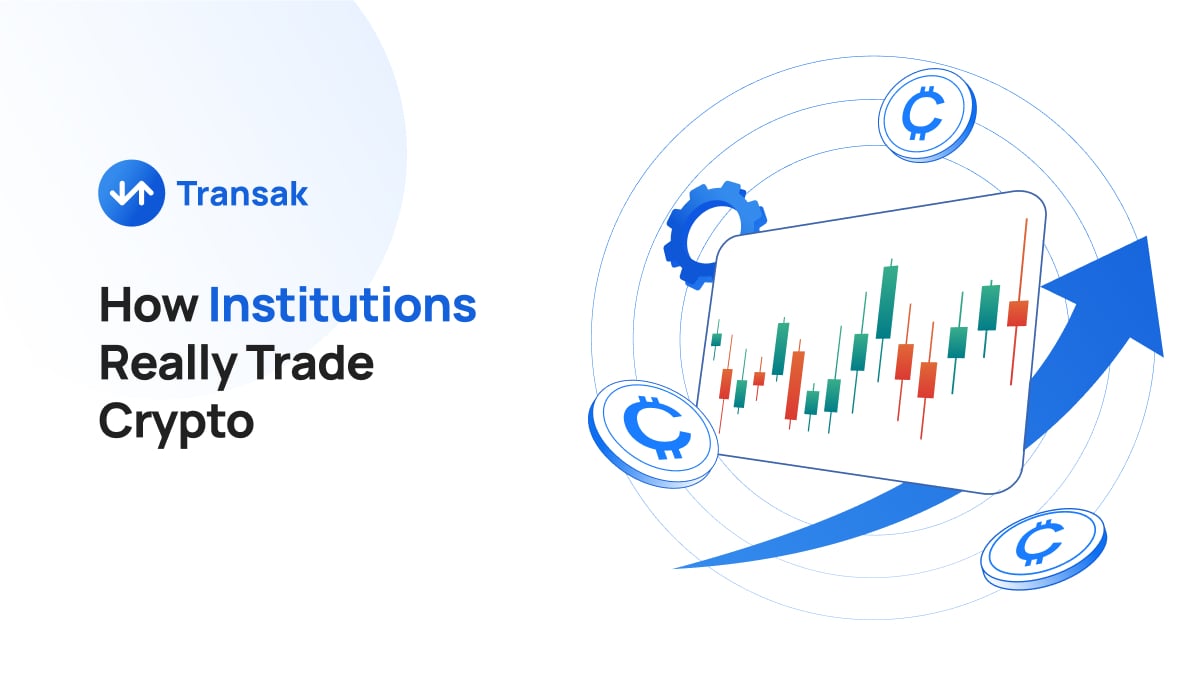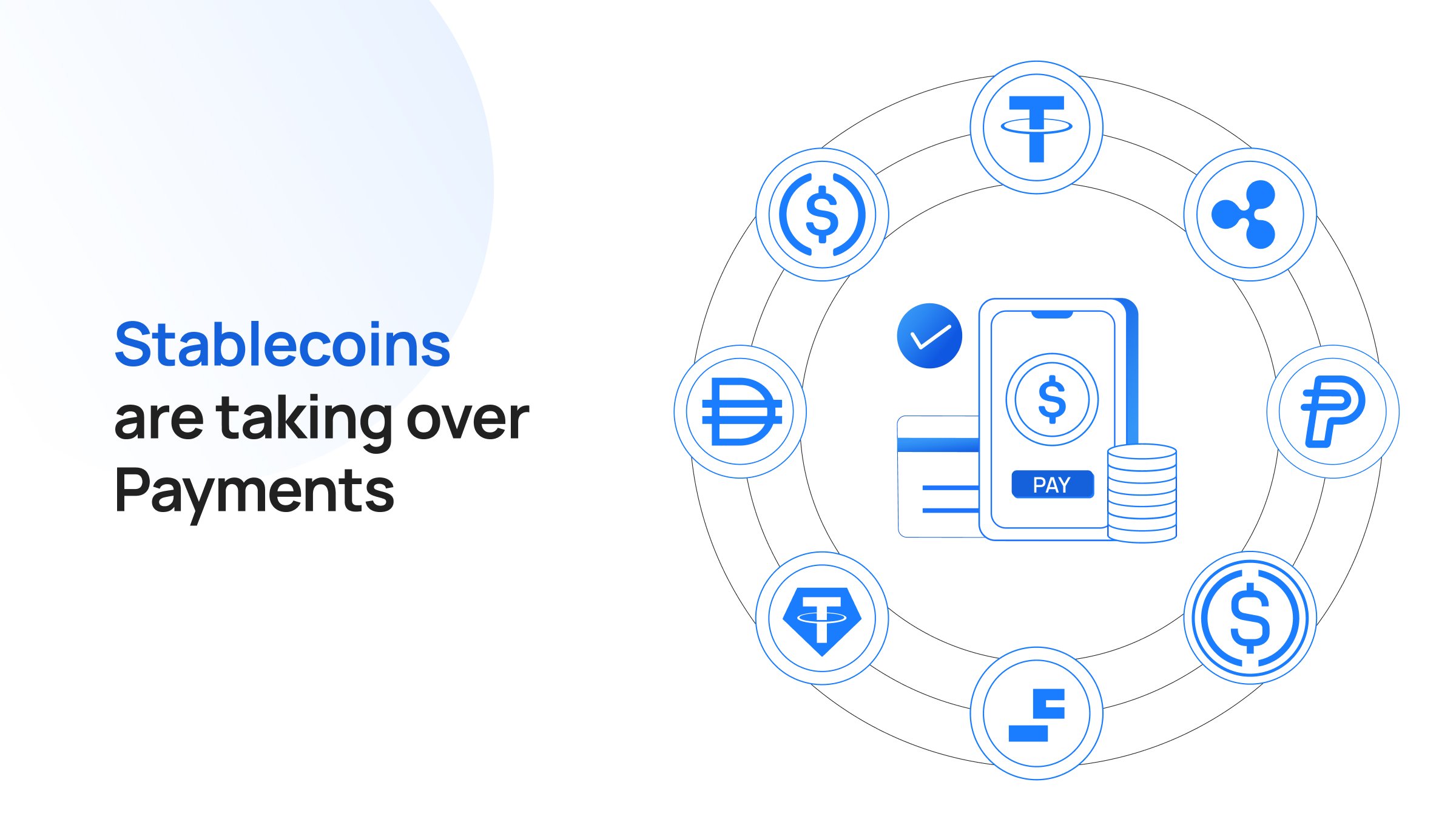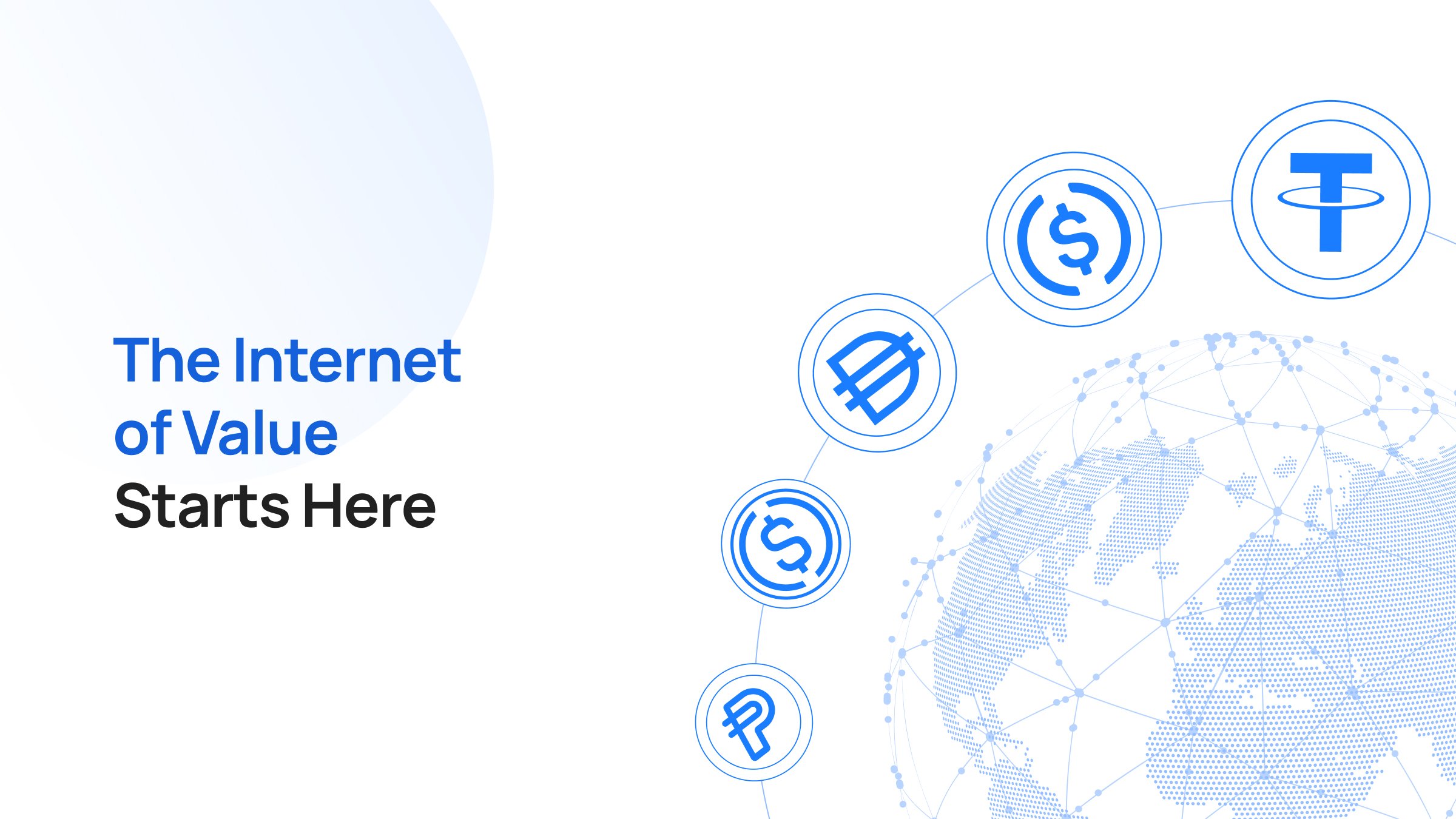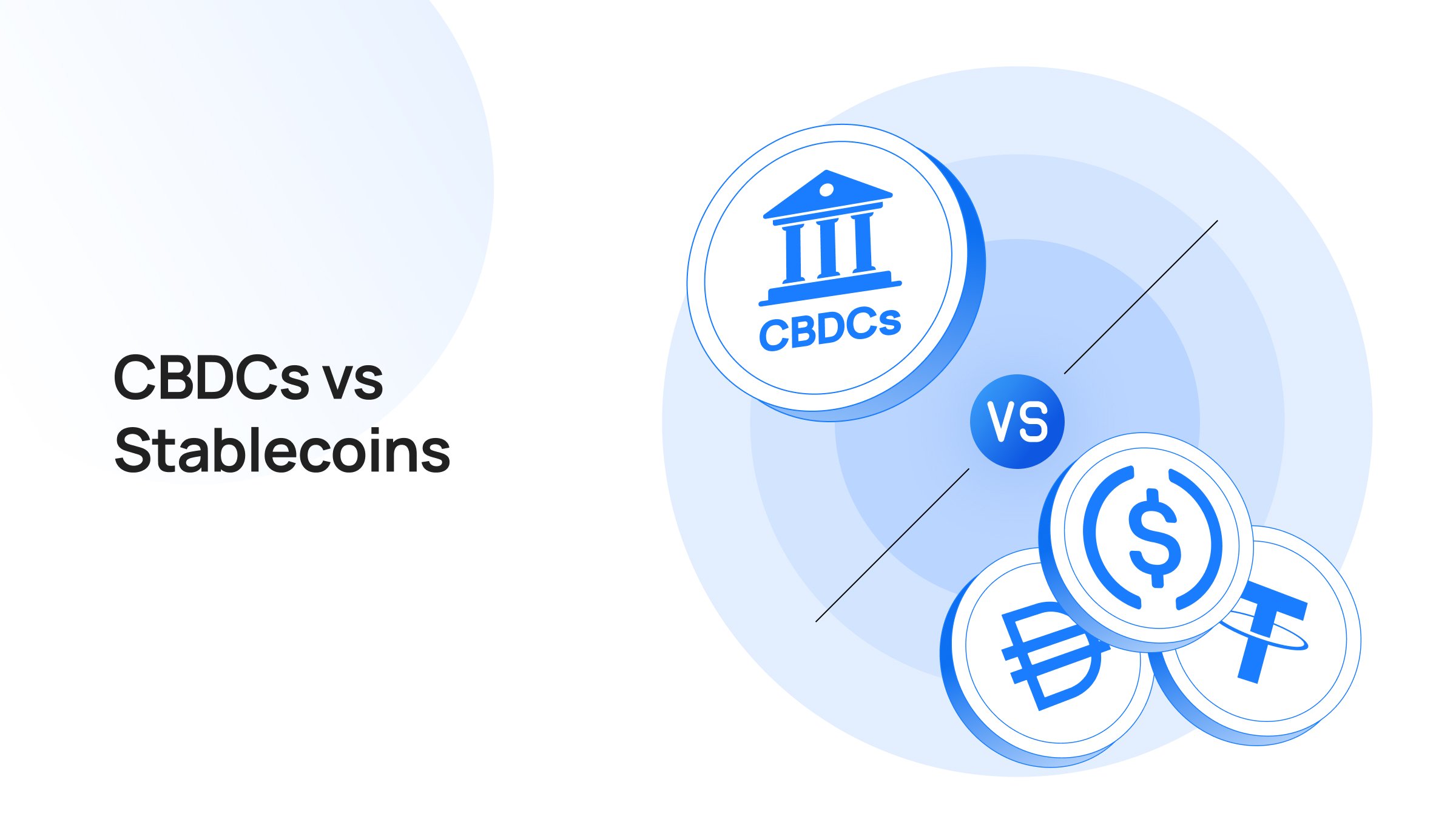Takeaways
At some point, every serious trader hits a wall. You place a large order on an exchange and suddenly, it’s like the market knows. Prices shift, bots front-run your trades, and your order slips through the cracks. The traditional exchange just isn’t designed for big players.
That’s where Over-the-Counter (OTC) trading comes in. Instead of playing in the public pool, institutional traders move backstage. Here, they can trade size without spotlight.
This article dives into the silent engine behind billion-dollar crypto deals!
What Is Crypto OTC Trading?
Crypto Over-the-Counter (OTC) trading is when two parties, usually through a broker, agree on a private deal outside of a public exchange.
Here’s how it works:
- OTC desks match buyers and sellers directly.
- They offer a single quote price (no bidding wars, no slippage chaos).
- The transfer is completed via custodial wallets, institutional accounts, or secure on-chain methods.
Because the order never touches the public limit book, slippage stays low, and the market never sees your hand.
For that reason, reporters often call OTC desks the dark pools of crypto, but the term hides more than it reveals. In reality, these desks are about discretion, speed, and size, and not secrecy.
They're how a company quietly converts, say, $50 million of stablecoins into Bitcoin without moving the price chart an inch. This is crucial to keep retail investors safe by not inducing volatility.
Transak's Corporate On/Off-Ramp service exemplifies the evolution of OTC trading by enabling businesses to execute large-scale crypto transactions with speed and regulatory compliance.
">Buy Crypto Over The Counter With Transak
Why Crypto OTC Trading Is Booming
Finery Markets analyzed four million spot trades on its institutional platform and logged 106% year-on-year growth in OTC volume during 2024. Stablecoin activity alone ballooned 147%.
Two big shifts ignited the OTC surge in 2024:
- Bitcoin and Ethereum ETFs: Institutions needed to source the underlying assets fast.
- Regulatory clarity: Regions like the EU and Dubai introduced frameworks (MiCA, VARA) that allowed OTC desks to operate legally at scale.
As a result, OTC is now a third major liquidity pillar (right alongside CEXs and DEXs).
PwC and Hercle’s joint report notes that OTC desks “shape the market toward a model institutional investors are confident with,” stressing custodial segregation, tri-party agreements, and capital-efficient settlement.
The Anatomy Of A Crypto OTC Deal
We can breakdown a crypto OTC deal into 5 steps:
- Inquiry
- Quotation
- Acceptance
- Settlement
- Reporting
Transak facilitates swift settlements through its extensive network, allowing businesses to convert crypto to fiat and vice versa efficiently, often within hours.
Step 1: Inquiry
A client (hedge fund, high-net-worth individual, corporate treasury) signals intent to buy or sell a block (> $250k is common, > $5 m counts as “size”).
Step 2: Quotation
One or several OTC agents crypto quote a firm two-sided market. Quotes often include a time-bound window—seconds to minutes—during which the price is good.
Step 3: Acceptance
The client lifts or hits the quote; the desk confirms the capture.
Step 4: Settlement
Depends on jurisdiction and instrument:
- Crypto-to-crypto: atomic swap or internal ledger transfer.
- Crypto-to-fiat: bank wire (often same-day via SEN/Signet in the U.S. or SEPA in Europe) against on-chain transfer.
Step 5: Post-Trade Reporting
Desks that fall under MiFID, MiCA, or U.S. MSB rules report volume in aggregate, protecting counterparty identity.
Behind those steps sits a mesh of risk controls, like KYC, multi-sig cold wallets, and pre-agreed haircuts for fiat wires. After the FTX collapse, counterparties no longer rely on blind trust. They rely on vault-grade custody and Proof of Reserve attestations.
OTC Cryptocurrency Exchange vs. OTC Desks
You’ll find two types of OTC platforms:
- Single-dealer desks: One desk quotes and settles your trade. Big exchanges like Binance and Coinbase offer this.
- Multilateral OTC platforms (RFQ hubs): These aggregate quotes from many providers so you can compare offers in real-time. Finery Markets is one example.
In practice, most institutions maintain accounts on both. For instance, you’d ping five desks for a quote, double-check the ECN mid-price, and pull the trigger where the spread looks the tightest.
Why Institutions Prefer OTC
The crypto OTC exchange/desks scene offers four decisive edges that a spot exchange struggles to match:
Advantage |
Why It Matters |
|---|---|
|
Low price impact |
A huge order (like selling 100 BTC) won’t move the market if its done over the counter, i.e., OTC. |
|
One-ticket execution |
No partial fills. One line item. Portfolio managers love clean ops lines. |
|
Custom settlement windows |
You can settle on weekends or T+1 schedules. |
|
Confidentiality + regulatory cover |
Confidentiality with full KYC/AML compliance. |
All of that translates into reduced slippage, cleaner accounting, and lower operational risk.
OTC Exchange Risks
Crypto OTC isn’t without shadows. Key risks include:
- Counterparty defaults
- Wallet breaches
- Regulatory changes
For example, in 2025, hackers used mixers and OTC platforms to launder part of a $1.4B crypto theft.
That episode triggered renewed scrutiny of KYC leaks and forced many desks to implement stringent measures and on-chain forensics before accepting inbound coins.
Smart desks now anchor security on:
- Segregated qualified custody ensure assets never sit in the same omnibus hot wallet as house funds.
- Tri-party agreements ensure a neutral custodian holds both legs until Fiat clears.
- On-chain provenance checks, where coins tainted by mixers are auto-rejected.
Trade Safe with Transak
With robust compliance measures and a global network of over 350 partners, Transak minimizes counterparty risks and ensures secure transaction processes.
Regulatory POV of OTC Trading
Regulators rarely use the term “crypto OTC desk”; they focus on the underlying activities like custody, exchange, issuance, and money service business.
In the EU, MiCA will compel OTC brokers settling within the Union to hold a Crypto-Asset Service Provider license by December 2024.
The UAE’s VARA already licenses proprietary desks inside free-trade zones, enticing giants like FTX (pre-collapse) and Kraken to plant regional HQs.
In the U.S., OTC brokers generally register as FinCEN-recognised MSBs and, if they custody client assets, seek state trust charters or work with a licensed trust partner. The patchwork can be messy, but the direction is clear: privacy is fine; opacity is not.
Who Are The Main Users of OTC Trading?
The cast is larger than you think. A surprising range of players use OTC.
1. Funds and Asset Managers
Pension funds, macro hedge funds, and ETF issuers lean on OTC desks when they need to swing size without telegraphing their moves.
Coinbase Prime alone saw USD-denominated OTC flows spike to ≈ $14 billion as institutions rushed to source spot bitcoin for the new wave of U.S. ETFs, a level analysts call “the quiet-buy indicator” of professional demand.
2. Miners
Every block subsidy eventually becomes electricity and payroll money.
Large industrial miners batch their rewards and offload them through principal desks that quote all-in prices and wire fiat on the same day, avoiding the drip-feed slippage that would hit them on a public book.
OTC desks’ ability to customise prefunding versus delayed settlement makes them ideal for businesses whose revenues arrive on-chain but whose bills land in fiat.
3. Corporations and Treasurers
When a listed company adds bitcoin or USDC to its treasury, the CFO’s nightmare is a 3% price jump triggered by their own order.
Principal desks solve that problem with single-ticket confidentiality and tri-party escrow—features that echo the FX forwards and bullion swaps treasury teams already understand.
PwC’s institutional survey calls OTC desks a “regulated bridge between TradFi and the crypto market,” purpose-built for corporates that must answer to auditors.
4. High-Net-Worth Individuals (HNWIs) and Family Offices
Privacy, not just price, drives wealth managers to the side door. A block trade that never hits an exchange tape avoids copycat speculation and, in many jurisdictions, keeps the client off exchange-weekly regulatory disclosures.
Dealers report that family offices are the “fastest-growing clip size,” mirroring an 80% YoY client-base jump across surveyed desks in 2023.
5. Market Makers and Prop Shops
Inventory runs lopsided, especially on weekends when Asian and U.S. flows diverge. Makers square that imbalance by pinging multiple RFQ hubs, lifting size where spreads are thinnest, and pushing the offset leg to derivatives venues.
OTC desks now also offer margin services and co-location to cater to these latency-obsessed players.
6. Emerging-Market Remitters and Payment Processors
Dollar-scarce regions (from Buenos Aires to Lagos) move millions in stablecoins each week. OTC brokers with same-day USDC↔local-currency rails provide a lifeline when SWIFT windows shut early or capital-control thresholds bite.
2024 market review flags payment service providers as one of the fastest-expanding client cohorts once desks began offering instant settlement and periodic netting.
These groups handle about $1.44 billion in daily spot trading through OTC desks, completely overshadowing the largest institution-only exchanges by about eighteen times. That’s why the “side room” is now a go-to spot: when discretion, trade size, or tailored settlements are more important than a flashy ticker, savvy investors choose the OTC route instead of the usual entrance.
How to Choose the Right Crypto OTC Trading Platform?
In a market full of bold claims and flashy interfaces, choosing the right OTC partner comes down to six fundamentals. The best desks don’t just talk “institutional,” but prove it through infrastructure, licensing, and operational discipline.
1. Regulatory Credibility
Do business with partners who are already aligned with global financial standards and won’t vanish when regulators come knocking.
A legitimate OTC desk operates under clear regulatory frameworks. It holds authorizations in key regions like the UK, EU, and the U.S.
2. Custody & Asset Security
Segregated wallets. Vault-grade cold storage. Proof-of-reserve attestations. The gold standard today isn’t optional, it’s expected.
Leading platforms go further, offering direct fiat settlements and built-in treasury infrastructure so your assets stay safe and fluid.
3. Liquidity Access
Size demands depth. A robust OTC desk plugs into a global liquidity network. Whether you're executing stablecoin treasury conversions or moving large tranches of BTC, execution should be tight, swift, and resilient even in thin markets.
4. Settlement Flexibility
The real edge lies in same-day turnaround without surprises.
Corporate treasurers, miners, and payment processors all have unique timing needs. The right desk understands this and supports real-world requirements like weekend clearing, cross-border remittance rails, or stablecoin-to-fiat swaps via compliant infrastructure.
5. Institutional Tech Stack
From onboarding to execution, you’d want the the platform experience should mirror the standards of legacy finance, not early crypto workarounds.
Leading desks offer RFQ APIs, robust SLAs, and enterprise-grade architecture are the least to exepect.
6. Transparency and Track Record
You want a desk with nothing to hide. That means clear post-trade tickets, audit-ready reporting, ongoing compliance reviews, and a demonstrated history of rejecting tainted assets.
The ones that stand out are usually the ones still standing after the noise clears.
Transak, Built for Institutions
Whether you're allocating stablecoins into BTC, exiting positions into fiat, or managing crypto treasuries across borders, Transak offers a purpose-built OTC infrastructure designed for high-volume, enterprise-grade transactions.
With Transak, institutions get:
- Regulatory clarity: Licensed in the UK, EU, and US, with built-in compliance guardrails.
- Deep liquidity: Access to over 350+ global partners and banking networks.
- Flexible settlement: Support for major fiat rails (SWIFT, SEPA, SEN, Signet) and stablecoins like USDC and USDT.
- Custom onboarding: A dedicated account manager, white-glove service, and fast setup.
- End-to-end transparency: On-chain attestations, post-trade reporting, and audit-ready documentation.
FAQs
1. Are crypto OTC markets safe?
They are as safe as the controls you demand. Use licensed desks, insist on segregated custody, and verify counterparty KYC. Tri-party settlement and on-chain provenance checks cut the biggest risks.
2. How to buy crypto OTC?
Open an account with a reputable OTC desk, complete KYC/AML, request a quote for your desired size, accept the quote, and settle via bank wire or on-chain transfer according to the desk’s instructions.
3. How to buy Bitcoin OTC?
Follow the same steps we discussed above, where we talked about BTC as the asset. Many desks quote BTC pairs 24/7 and can settle within minutes once funds clear.
4. Is crypto OTC trading legal?
Yes—provided the desk holds the required money-service or virtual-asset licenses in its jurisdiction and you comply with local regulations on reporting and taxation.
5. Who is crypto OTC trading for?
Institutions, miners, corporates, family offices, and high-net-worth individuals moving amounts large enough to disturb exchange liquidity or seeking bespoke settlement terms.
6. How to choose the best crypto OTC trading platform?
Prioritise licensing, custody segregation, deep liquidity, competitive spreads, flexible settlement rails, and transparent compliance practices. Test multiple desks with small tickets before committing big size.
7. Can individuals buy crypto over the counter?
Yes, individuals can buy from crypto OTC desks.
Most OTC desks are open to:
- High-net-worth individuals (HNWIs)
- Family offices
- Experienced traders
- Individuals making large trades (usually >$25,000–$250,000, depending on the desk)






